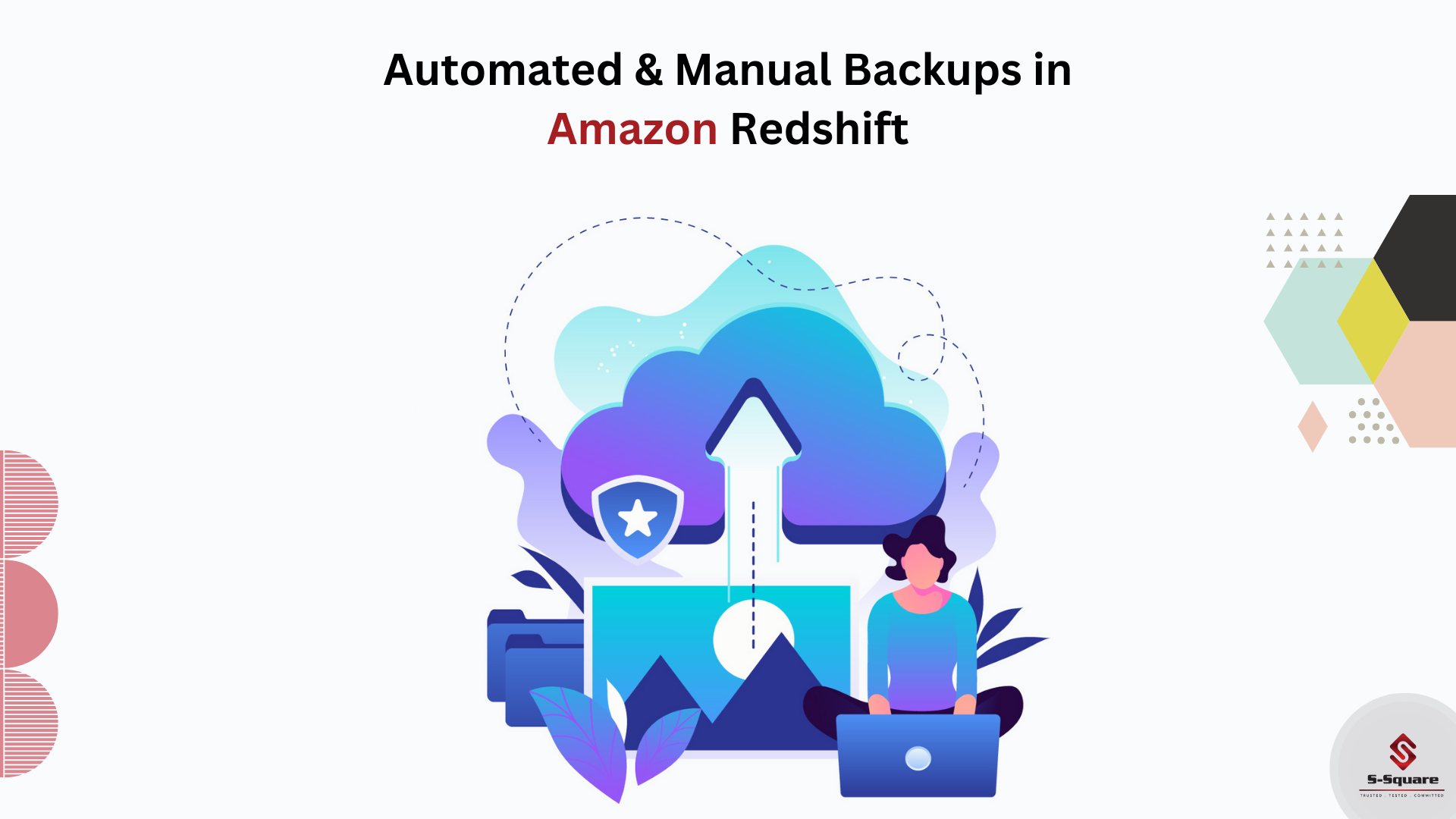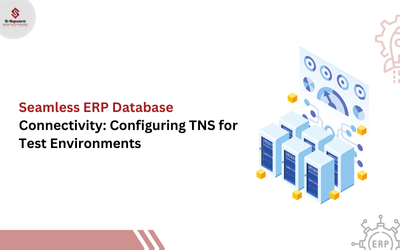Snapshots are point-in-time backups of a cluster. There are two types of Snapshots: AUTOMATED and MANUAL. Redshift stores these snapshots internally in S3 by using an encrypted SSL(Secure Socket Layer) connection.
When you restore from a snapshot, Amazon Redshift creates a new cluster and makes the new cluster available before all of the data is loaded, so you can begin querying the new cluster immediately. The cluster streams data on demand from the snapshot in response to active queries then loads the remaining data in the background.
Amazon redshift periodically takes the incremental backup that tracks changes to the cluster since the previous snapshot. Redshift retains all of the data required to restore a cluster from a snapshot.
Redshift provides the free storage for snapshots equal to the storage capacity of your cluster until you delete the cluster. Once you reached to free snapshot storage limit, you are charged additionally.
AUTOMATED BACKUP
|
MANUAL BACKUP
|
- When automated snapshots are enabled for a cluster, Amazon Redshift periodically takes snapshots of that cluster. By default, Amazon Redshift takes a snapshot about every eight hours or following every 5 GB per node of data changes, or whichever comes first.
- Automated snapshots are deleted at the end of a retention period. The default retention period is one day, but you can modify it by using the Amazon Redshift console or programmatically by using the Amazon Redshift API.
- To disable automated snapshots, set the retention period to zero. If you disable automated snapshots, Amazon Redshift stops taking snapshots and deletes any existing automated snapshots for the cluster.
- You cannot delete them manually. Amazon Redshift deletes automated snapshots at the end of a snapshot’s retention period, when you disable automated snapshots for the cluster, or when you delete the cluster. Amazon Redshift retains the latest automated snapshot until you disable automated snapshots or delete the cluster.
- If you want to keep an automated snapshot for a longer period, you can create a copy of it as a manual snapshot. The automated snapshot is retained until the end of the retention period, but the corresponding manual snapshot is retained until you manually delete it or until the end of the retention period.
|
- Regardless of whether you enable automated snapshots, you can take a manual snapshot whenever you want.
- Redshift will never automatically delete a manual snapshot.
- Manual snapshots are retained even after you delete your cluster.
- Because manual snapshots accrue storage charges, it’s important that you manually delete them if you no longer need them.
- If you delete a manual snapshot, you cannot start new operations that reference to deleted snapshot. However, if a restore operation in progress that duce the time needed to create a snapshot and restore it. You also reduce the space on S3 by using non-backup tables.
- To create a non-backup table, include the BACKUP NO parameter when you create a table.will run to completion.
- Redshift has a quota that limits the total number of manual snapshots that you can create.
- By default, all use defined permanent tables are included in the snapshot.
- If a table such as the Staging table, doesn’t need a backup, you can significantly reduce the time needed to create a snapshot and restore it. you also reduce the space on S3 by using the non-backup table.
- To create a non-backup table, include the BACKUP NO parameter when you create a table.
|














